Pest free Garden:
Nothing is more discouraging than awakening up to vegetation infested with pests after investing weeks caring for your outdoor space. Aphids, larvae, slugs, and earwigs are among the insects that can assault a well-kept landscape in a single nighttime if it is not adequately secured.
From biting at some leaflets within reason to ruining a whole field in the extreme, these horticultural pests may do a variety of harm. Use any of these planting tips to keep unwelcome visitors out of your yard if these damaging insects frequently damage it.
Natural Agricultural Bug Controlling: What Is It?
Using natural substances instead of chemical-based ones to secure your yard from hazardous farming insects is known as organic pest management.
Because they might pollute the earth and waterways in your vegetable patch and cause harmful chemical contaminants on crops, artificial pesticides are harmful to human health.
Natural pest treatment, on the other hand, offers a more eco-friendly option and stops these poisonous substances from getting into the hands of kids and animals. There are a number of established natural landscaping tips that can halt the propagation of poisonous substances and keep bugs from harming your crops.
Hacks for pest prevention by Organic methods:
Ground coffee:
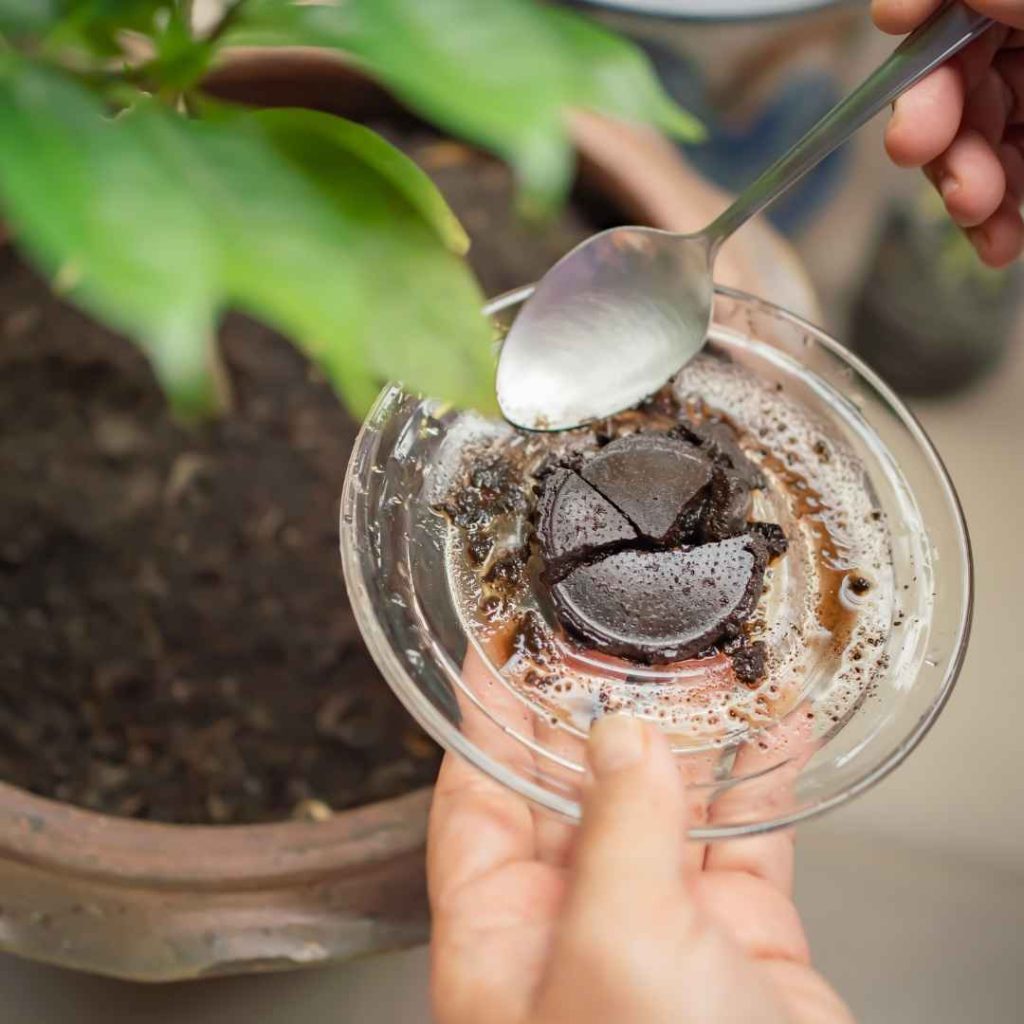
The easiest way to keep slugs and snails out of your vegetable patch is to utilize coffee grounds as mulch. These little creatures are known to devour blossoms and cause tiny tears in foliage and berries. Clean the beans with water prior carefully scattering them along the margins of the landscape and close to plant bases to get the most out of this sustainable insect management method.
This landscaping tip will serve as an efficient feeder in addition to keeping pests away. We suggest employing coffee grounds carefully, though, as they may prove toxic for crops in big concentrations.
Eggshells:
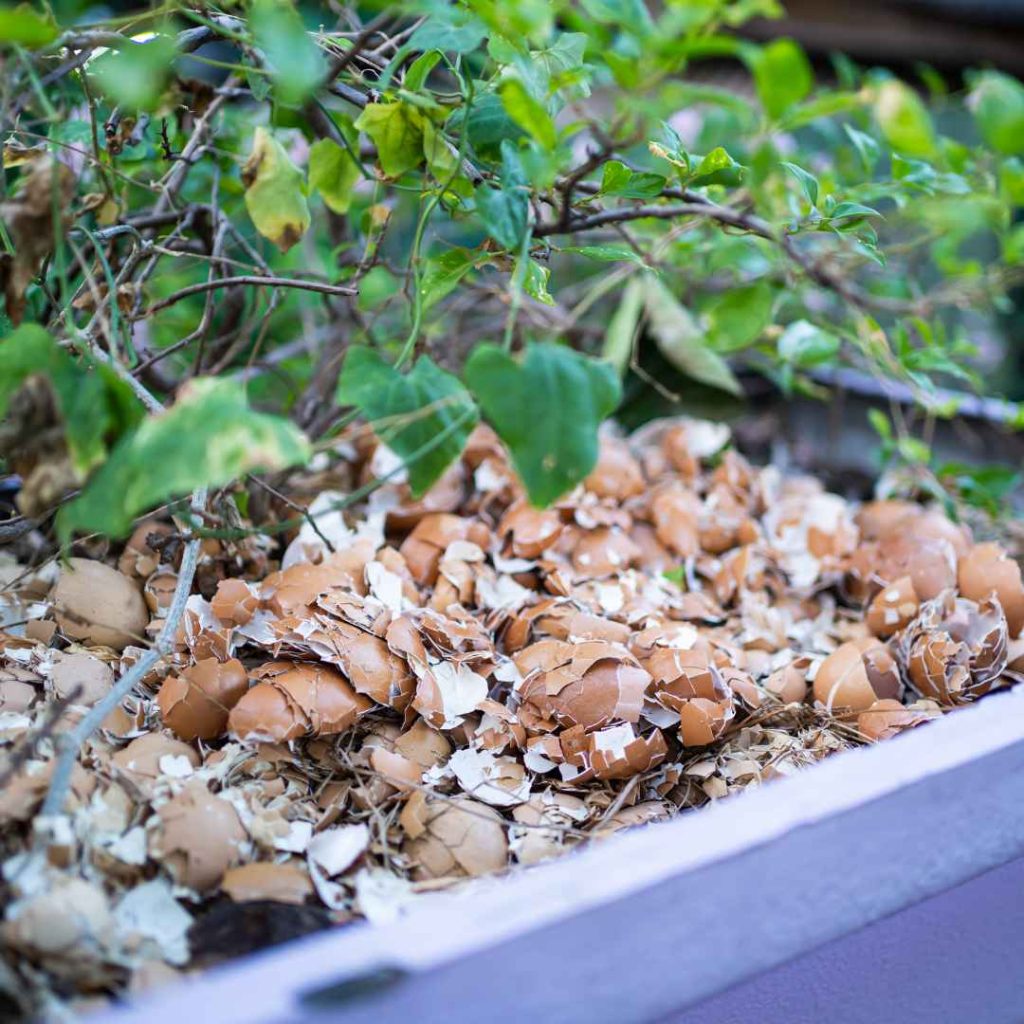
Some of the easiest and most organic ways to get rid of pests is to use shells of eggs. Crushed eggshells can be put onto the substrate to keep horticultural pests like worms, caterpillars, and critters from harming the crops you grow.
In addition to providing the vegetation with an additional calcium boost as they break down, these tiny, pointed pieces will prevent pests from trying to scuttle throughout your landscaping.
Herbal plants:
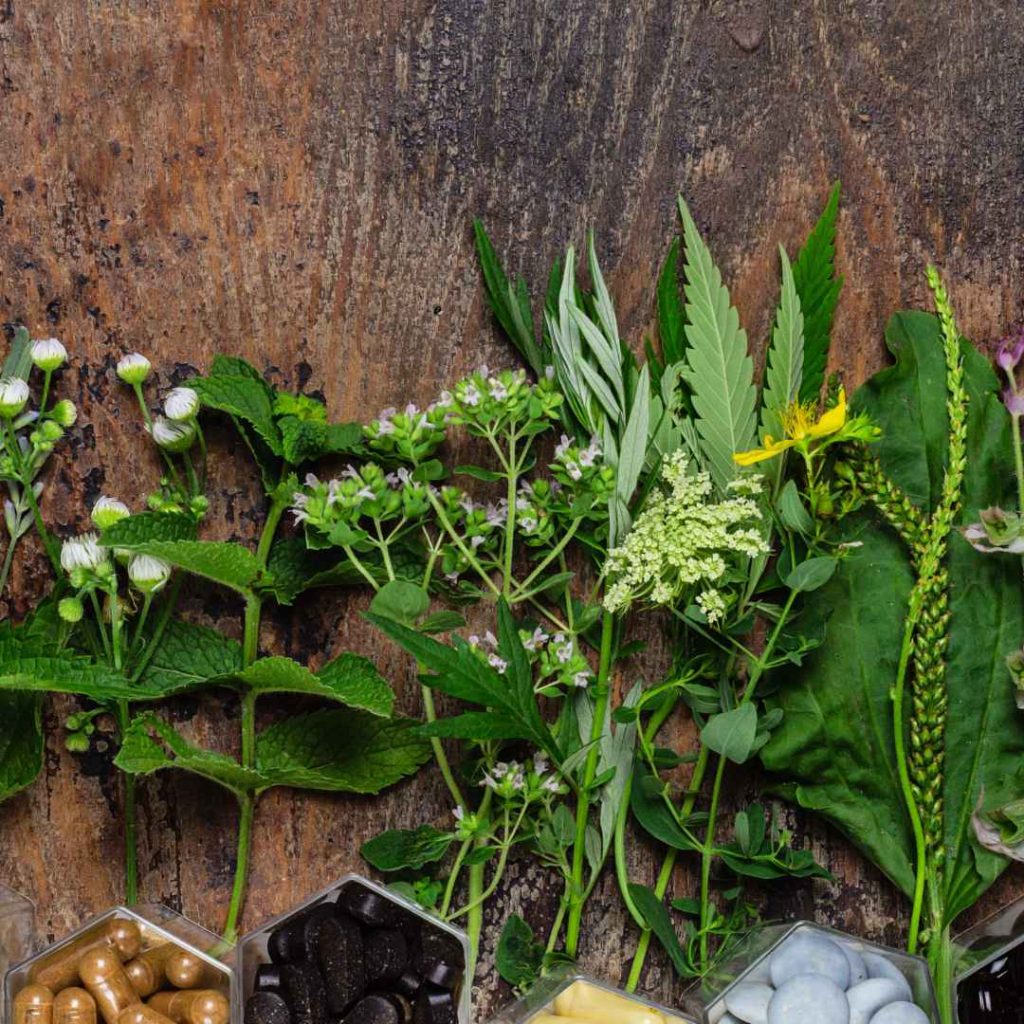
Due to their attraction to hot, humid settings, mosquitoes are a common annoyance in landscapes. Thankfully, you may use several botanical to assist with keeping bedbugs away from your vegetable patch.
A particularly potent medicinal plant that also works as a mosquito deterrent is catnip, which is thought to be over tenfold stronger than the primary component of mosquito repellent.
Mint, cilantro, and lemongrass are some helpful medicinal plants that, when planted next to other vegetation, effectively deter mosquitoes from invading your landscape.
Row coverings:
Although row protectors are primarily utilized at your neighborhood nursery, you can additionally employ this protective barrier for shielding your home yard. Use row coverings to keep parasites out of your landscape while allowing daylight to reach tiny seedlings. This will secure them from parasites and roving creatures.
Just cover vegetation with the wire-like material and fasten with pebbles, sandy bags, or stakes. This is a reasonably priced landscaping tip to protect younger crops from insects, but it’s not a long-term fix.
Neem oil:

Among many of the greatest landscaping tricks for keeping insects away is neem oil, an entirely organic pesticide. Neem oil destroys undesirable pests and may constitute applied to foodstuff without creating harmful remains on substrate or crops. Your beloved pets shouldn’t be impacted by this pesticide because it is generally safe for them. Although neem oil works best on fresh vegetation, it may assist keep unwelcome horticultural parasites away from vegetation at any point in their lives.
Aerosols for soap:
Aphids, insects, fleas, earwig infestations, and parasitic mites are all prevented by detergent spraying, but hard-bodied insects like caterpillars cannot be kept out of your landscaping. A single measuring cup of liquid, two tablespoons of culinary oil, and dishwasher soap might be used to make a simple soap spraying solution.
When utilizing detergent aerosols, another advice is to apply the formulation of soap to vegetation early in the fresh air or during foggy weather to avoid scorching them.
Furthermore, sprinkle a tiny amount on every greenery and observe how it responds over the course of a day. Although soap spritzes may constitute an effective way to keep bugs away, not all crops can withstand the harmful ingredients.
Typical materials in the the cooking area:
Search inside your cooking area for this inexpensive and natural planting bug management remedy if you have no accessibility to several of the remaining landscaping tips on this page.
To assist repel typical horticultural insects and tiny creatures that devour bountiful landscapes, make a powerful blend of garlic, cinnamon and ginger, cloves, and chilies. Just mist crops with the combination in the late hours and do it again after three to five days.
Finally!
Invasive parasites can be successfully eliminated with these natural landscaping tips. It’s critical to take immediate action to stop additional harm to the vegetation once you discover devastation might have been committed.
Chemical free Garden:
Merely just a pastime, cultivating your personal organic veggies within the house allows you to have nutritious, freshly grown, and without chemicals products delivered straight to your cooking area.
As worries regarding nutritional value and residual pesticides increase, a growing number of individuals are using backyard farming as a way of taking charge of their diet. You may grow nutrient-dense veggies by starting a sustainable veggie landscape.
All things from picking the ideal location for the crops to practical natural landscape care techniques will be covered in this point of reference. Let’s get started on growing organic produce and building a successful residence gardening.
1. Select the Ideal Area for Your Home Food landscaping:
Choosing the ideal location is essential when designing an organic food patch. Choose a spot that gets plenty of exposure because veggies need at least 6 to 8 hours of daylight per day to grow.
Steer clear of places with too much darkness or where water is inclined to pool. Since moist ground can cause root infections and restricted development, adequate ventilation is crucial
Container planting may serve as a great option for people who live in apartments or have minimal land. As long as they possibly get enough water and sunshine, you can produce nutritious crops in dangling containers, planters, or repurposed bottles.
2. Organic Soil Preparation:
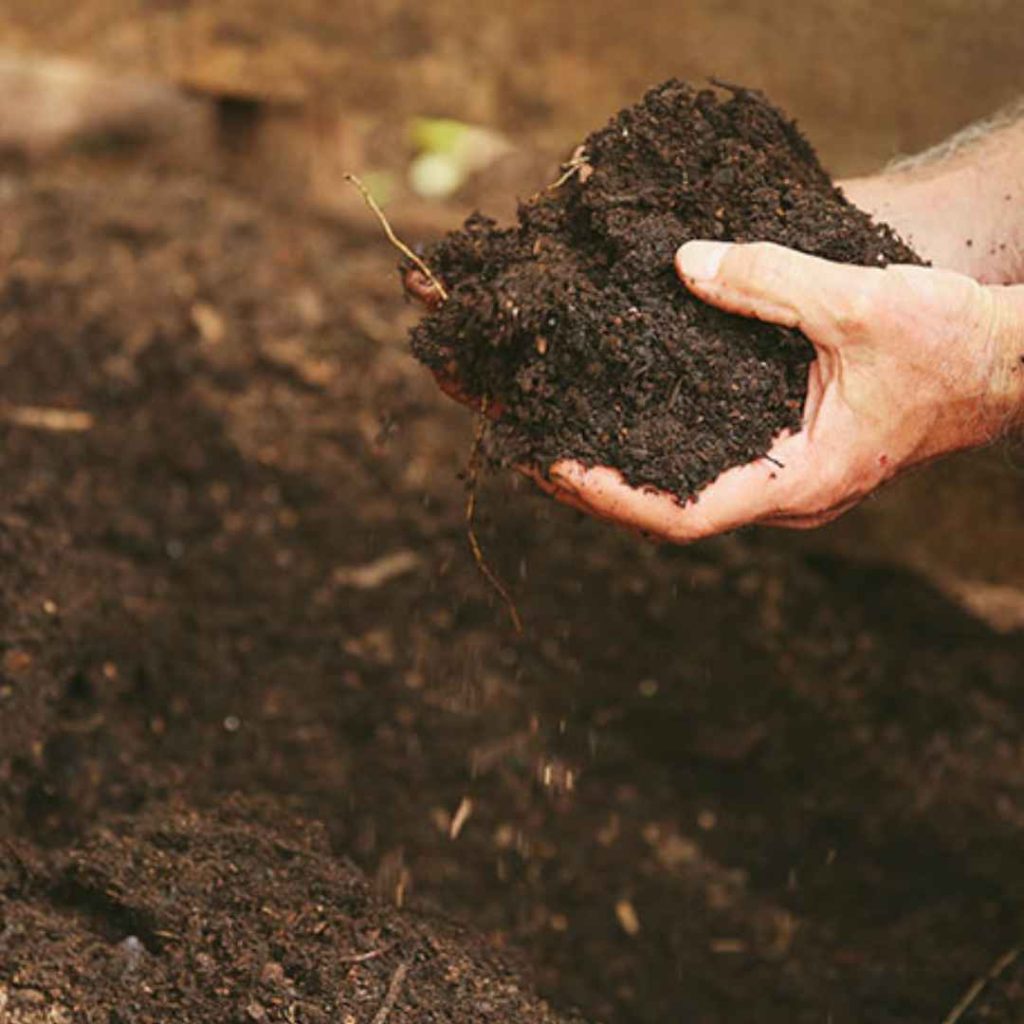
Sustainable gardening is built on fertile ground. Nutritious ground devoid of synthetic substances is essential for sustainable veggies.
Assessing the pH of the ground is the first step in enriching it; veggies typically like a pH of between six and seven. In addition to being reasonably priced, soil testing tools can reveal potential deficiencies in your topsoil.
In order to strengthen the soil’s foundation, conserve humidity, and supply essential vitamins and minerals, amend the substrate with organic waste or well-rotted excrement. Coffee grounds, vegetable cuttings, and fruit peeling are just a few of the culinary leftovers that can be recycled to make composting at residence.
3. Choosing the Most Effective Types of Organic Vegetables:
Your region’s environment, the amount of territory you have, and your personal choices will all influence the veggies you choose to plant. Here are some well-liked choices for novices:
Leafy Greens: Amaranth, lettuce, and spinach flourish quickly and do well in a variety of temperatures. Tomatoes and bell peppers are perfect for the summer time since they require lots of daylight while warming conditions. Root Veggies: In chilly weeks, beetroot, carrots, and radishes are great options.
4. Using the Right Methods for planting Organic Vegetables:
For organic veggies to develop, growing them at the correct moment as well as detail is crucial. To ensure that your seedlings have an excellent beginning, adhere to following instructions:
Duration: The emergence periods for various veggies vary. To find out when to start growing particular veggies, consult establishing a schedule for your area.
Space: Guarantee that each crop has adequate space to thrive because congested crops battle for nourishment, water, and daylight. Sowing Level: The suggested implantation depth is usually specified on seed packaging. Appropriate seed germination can be achieved by adhering to these guidelines.
To avoid flooding while growing in the receptacle pick those with perforations for outflow of water For an optimal beginning for receptacle plants, use nutrient-rich natural gardening soil.
5. Methods of Organic Pest Prevention:
An environmentally responsible method of pest management is necessary for edible production. Despite their potential for swift outcomes, synthetic pesticides may prove hazardous to both individuals as well as vegetation. Employ these biological insect prevention methods alternatively:
Companion Growing: When grown jointly, specific species instinctively repel parasites. For example, you may keep hazardous parasites away from cherry tomatoes by putting marigolds alongside them.
Neem Oil: When blended and misted, neem oil works as an organic insecticide to get rid of widespread invaders including spider mites and caterpillars. Promote Helpful The creatures: Bees, insects such as ladybug and tarantula are all organic competitors of dangerous plant-destroying insects. You might draw these beneficial bugs by growing little blossoms like the herb yarrow or alyssum.
6. Preserving Utilities and Irrigation Sensibly:
Providing moisture to your organic produce too much will damage them, even though it’s essential for development. To minimize water loss through e your landscaping promptly in the early hours or later in the day’s end. For an additional regulated water flow that aids in water conservation, drip watering in order or soaked faucets are great choices.
Mulching around the foundation of crops is also good because it drives the substrate’s climate steady, holds humidity in, and keeps weevils out. Sorghum, foliage, or trimmings of grass are examples of biological mulching elements that will break down over time and enrich the ground with nourishment.
7. Organic Fertilization and Soil Condition Maintenance:
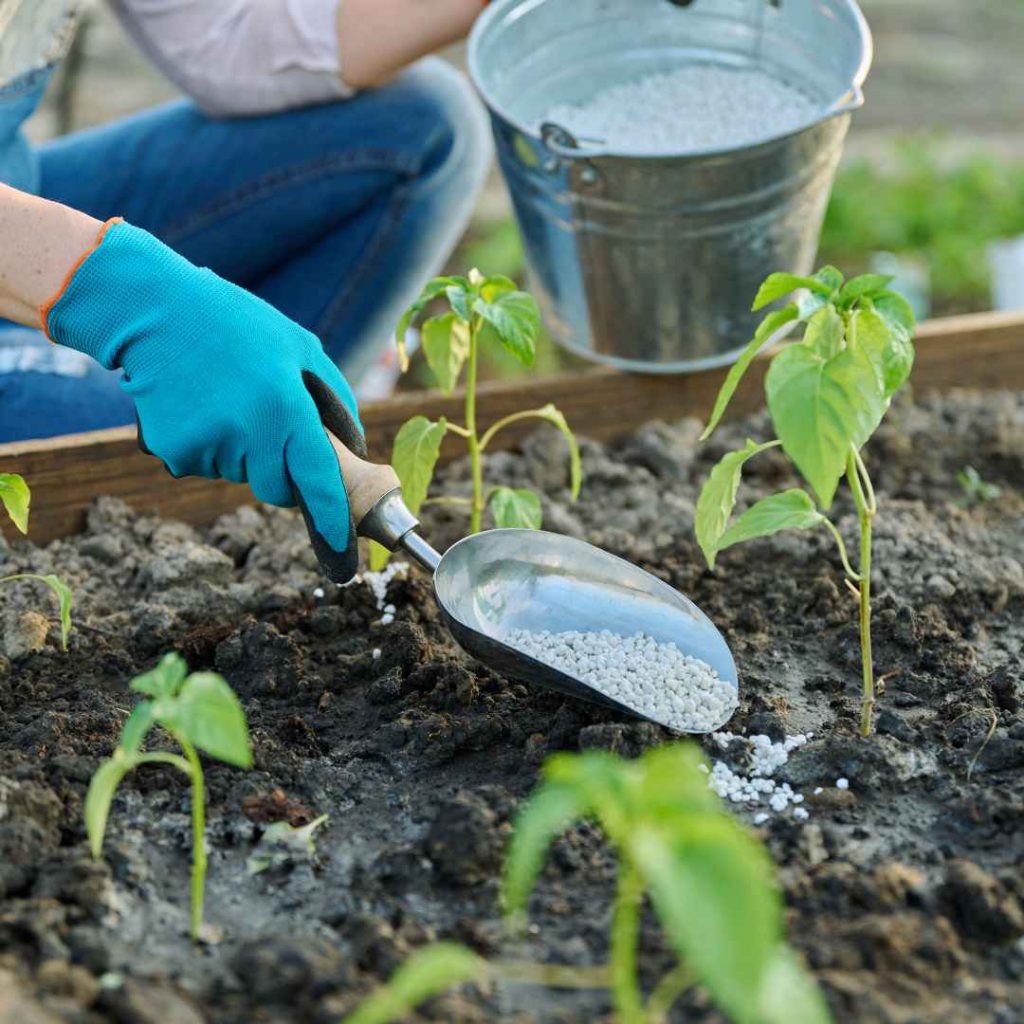
In organic landscaping, fertilizers are crucial, but it’s imperative to only use organic alternatives. Slow-releasing fertilizers such as fish formulation bone meal, and meat meal are beneficial for organic produce crops.
Without running the possibility of hazardous material contaminating things, these provide vital vitamins and minerals.
Another efficient strategy to preserve the soil’s condition is to rotate products on an annual basis. Don’t cultivate tomatoes in an identical area annually, for example. Rotating crops reduces illnesses transmitted by soil and assists in preventing the degradation of the soil.
8. Organic Produce Gathering:
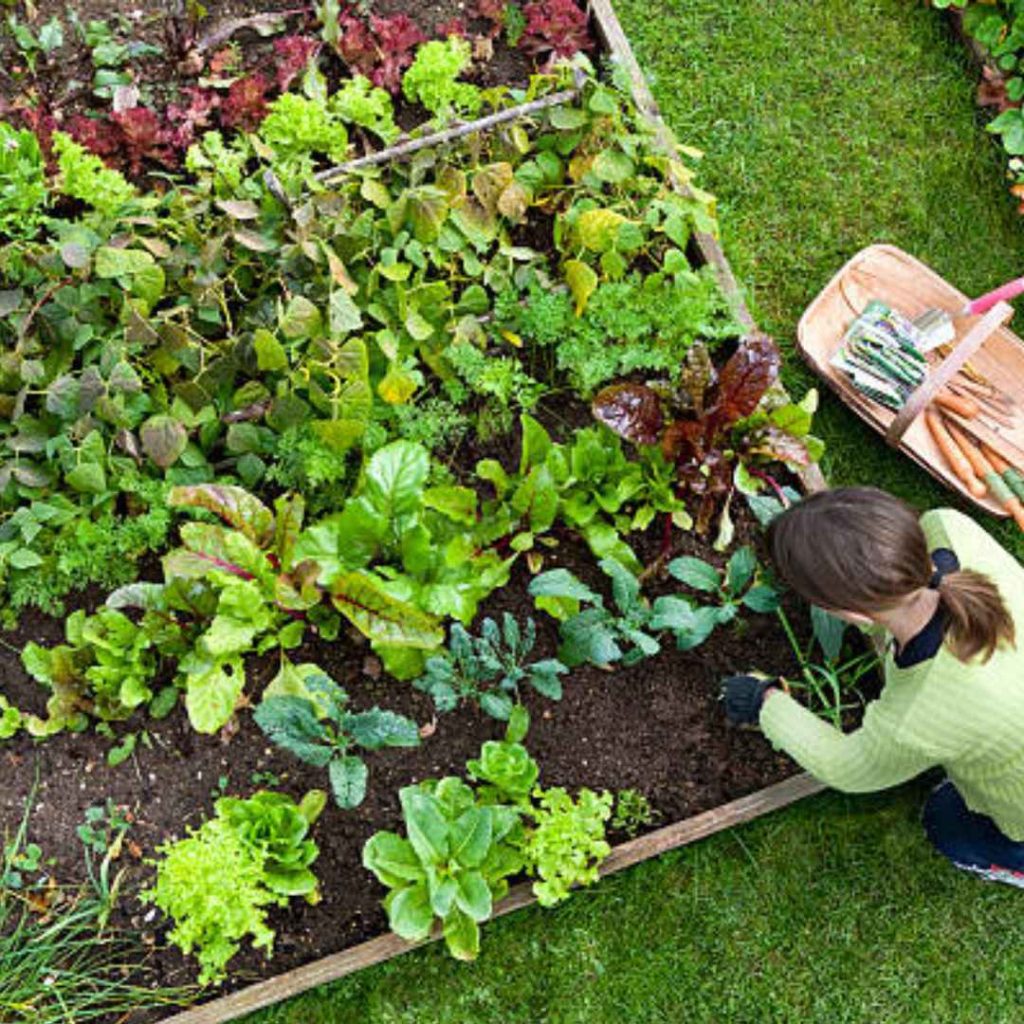
Based on the plant material, different times for harvesting apply. For example, you may collect leafy vegetables by clipping several stalks as required. But when the root veggies are the right dimension, they ought to be removed. Keep in mind that frequent gathering promotes greater development and guarantees an uninterrupted supply of new veggies.
9. Adopt Eco-Friendly Landscaping Techniques:
Incorporate ecological cultivation methods into your lifestyle for a genuinely natural expertise: Making compost: Make a nutritious fertilizer for your landscaping by recycling culinary scraps.
Steer clear of disposable: Alternative to using recyclable containers, utilize earthenware vessels or recyclable ones. Rainfall Gathering: Reduce your dependency on public water supplies by collecting rainfall for consumption on your crops.
Concluding Remarks:
Knowing how to cultivate organic crops within your house improves your nutritional intake and helps the natural world. It provides an opportunity to enhance your well-being, reestablish a connection with the environment, and support a more environmentally friendly way of living.
You can create a vegetable patch that yields wholesome, free of substance veggies all year long by emphasizing soil’s organic enhancement, selecting the appropriate veggies for your area, and employing sustainable pest control techniques
